On a sunny afternoon in late spring, 27 sixth graders from Mount Airy’s Henry H. Houston Elementary School skipped and hooted their way to SEPTA’s Carpenter Train Station, as if already savoring the adventure of planting trees there.
“We identified flowers and pollinators along the way,” says Christine Bush, a STEM (science, technology, engineering and mathematics) specialist at the Henry Houston School, who led the children. At the station, Mount Airy Tree Tenders — members of the Pennsylvania Horticultural Society program that works with volunteer community groups to plant trees — showed the students how to gauge the right width and depth for a tree pit, drive in supporting stakes and mulch the trees.
“The children had so much fun, and even named the earthworms they found before they left,” Bush says. As an added bonus, Jo Winter, executive director of West Mount Airy Neighbors (WMAN) — a nonprofit civic group that seeks to advocate for the needs of West Mount Airy and to strengthen its social fabric — arranged for a Mister Softee ice cream truck to swing by and give each child a treat.
The whole process is community driven.”
— Jo Winter, West Mount Airy Neighbors executive director
The tree planting was part of WMAN’s Mount Airy EcoLab collaborative project, a plan to create a green space on once-vacant land at the back of the train station. Winter, who spearheads the project, hopes that the work can be replicated at other sites in Mount Airy. The project has drawn volunteers and community groups far out of proportion to its quarter-acre size, perhaps because of a decision to embrace all Mount Airy neighbors in shaping the plot’s use.
“The whole process is community-driven,” Winter says. “Team members include forest stewards, arborists, landscape designers, Tree Tenders, gardeners, environmental groups and near-neighbors, with a range of expertise.” Thanks to the work of volunteers, the orchard has become an attractive outdoor gathering place. “The trees have fruited,” Winter says. “We’ve hung a big tree swing where kids play, put in raised beds, spread the wood chips throughout the site, and put in fencing.” Mount Airy neighbors donated funds for more fencing when the first batch was stolen.
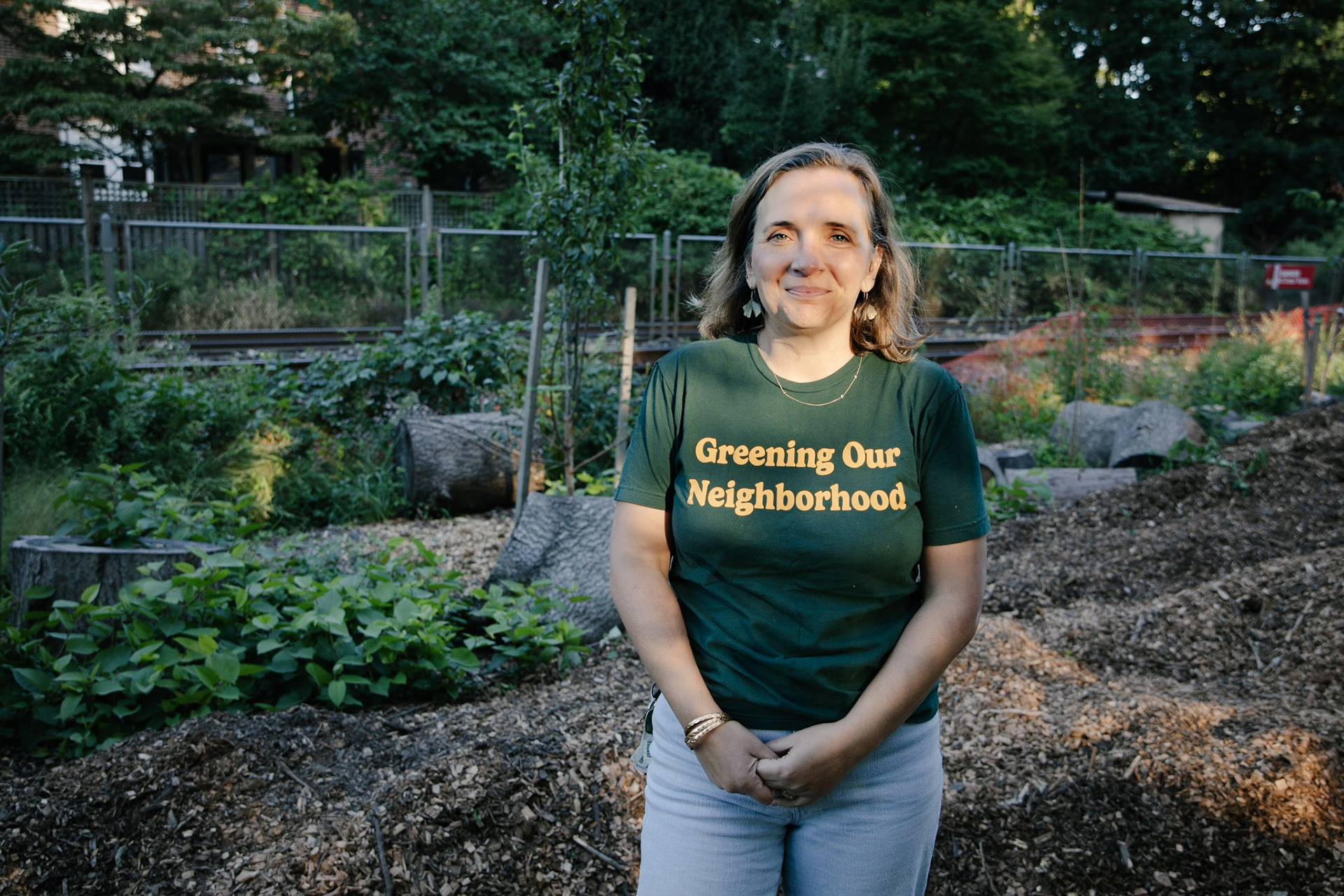
Winter began the project after moving from Redondo Beach, California, to a home across from the Carpenter Train Station in 2018. “The area was overrun with invasive plants,” she says, adding that besides rocks and rusted metal items from the train yard, people sometimes dumped tires there. She began building relationships with the SEPTA station managers. “We started talking about turning the land into an area where people of all ages could co-create a green space.”
Winter’s conversations with the station managers paid off.
We cleared out overgrowth, dead and diseased trees, and things people had dumped.”
— Jeffrey Carpenter, SEPTA
SEPTA now works with 21 garden clubs to spiff up its 150 train stations, according to Jeffrey Carpenter, manager of support services in SEPTA’s Building and Bridges Department. “We only partner with the clubs that are really committed,” he says. “We cleared out overgrowth, dead and diseased trees and things people had dumped.”
Such partnerships help SEPTA and the communities it serves to thrive.
“It beautifies the site and gives us another pair of eyes on the station,” says Ed Wallace, head of support services in the Building and Bridges Department. “It’s a win-win situation.”
Winter also advanced the EcoLab through a technical-assistance grant from the National Park Service Rivers, Trails and Conservation Assistance Program (NPS-RTCA).
“Typically, we work in the early stages of a project,” says Tomas Deza, an outdoor recreation planner with NPS. “We help to formalize a coalition of organizations,” he says, noting that the program also assists in pinpointing gaps in community representation. “We ask what organizations aren’t at the table that should be at the table.” They also provide help with marketing and public engagement strategies. “We leave organizations with a plan to go forward.”
After SEPTA helped clear the site at Carpenter Station, Winter was eager to start with a strong foundation. She had the soil analyzed and found that it required minimal remediation, meaning it’s safe to grow food on the site. The team has already planted apples, figs, pears, serviceberries, chokecherries and mulberries, and plans to start a grove of filberts and paw-paws in the fall with students from C.W. Henry and Henry Houston schools, Dicker says. “We are interested in fruit-bearing trees both to attract wildlife and to allow community members to taste the fruits of their labor.”
The EcoLab recently received funds to build a tree nursery to raise trees that will be moved to other parts of Mount Airy “to add to our tree canopy and address tree equity,” says Winter. They’re also building high raised beds so that seniors can garden alongside younger neighbors.
The team is using wood chips from felled trees to stifle knotweed, an invasive plant, and add nutrients to the soil, Winter says. She also points out that children enjoy scrambling up the mini-hills of chips.
“I like playing around in the mulch,” says Peter, 5.
“I like how it’s very shady,” says Alice, 12, who helped to weed the area. “Some fun swings are being put up.”
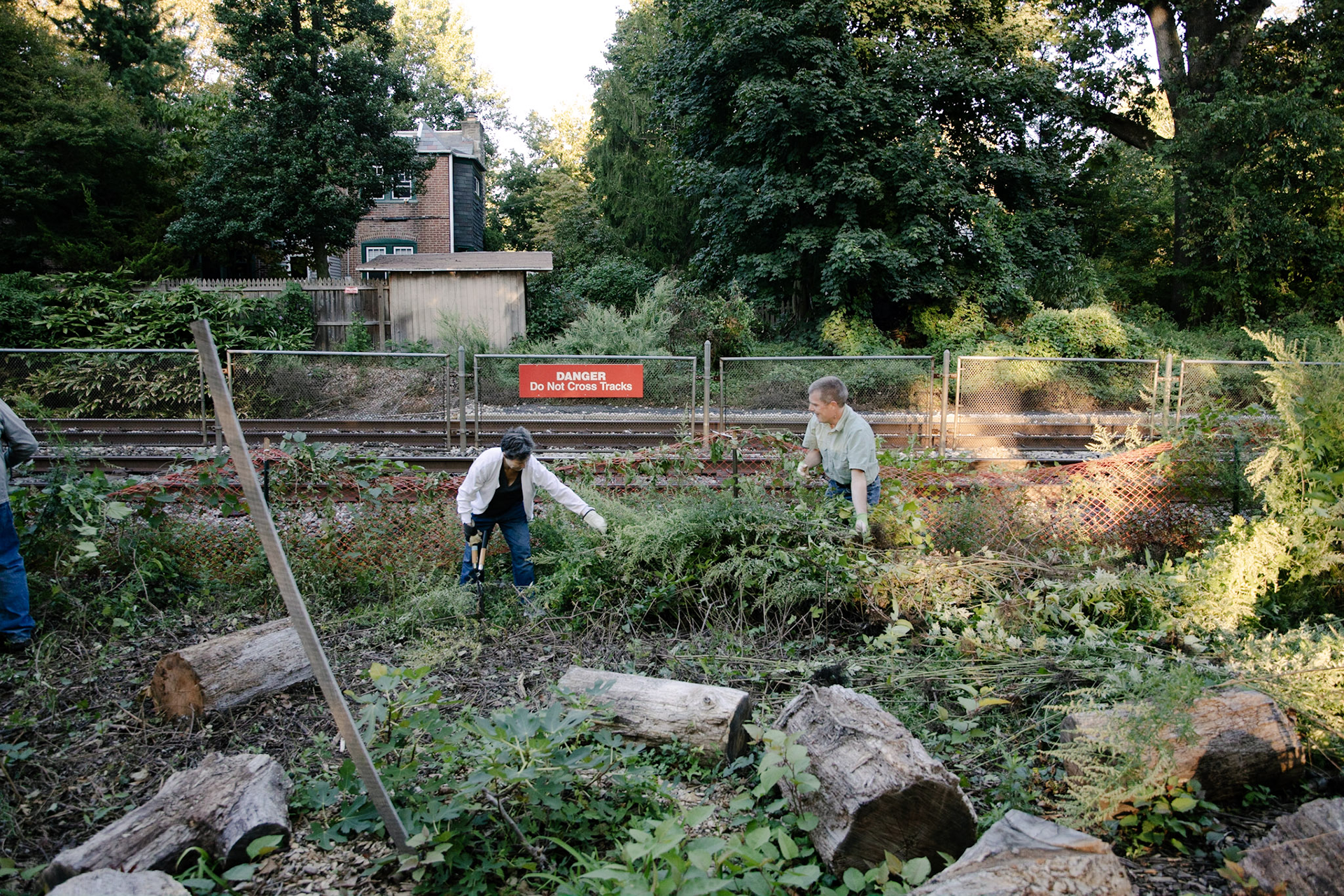
Nurturing children’s needs and eco-awareness is crucial to the program. For example, Henry Houston sixth graders were chosen for the tree planting because they’ll tend the trees until they graduate in two years.
“Our project is designed to engage youth in our local public elementary schools, which serve many racial minority and low-income students,” Winter says. With that goal in mind, Mount Airy Tree Tenders and WMAN have begun a Jr. Tree Tenders mentorship program that will help “grow a new generation of ‘tree people’ in Mount Airy,” says Anne Dicker, leader of the Mount Airy Tree Tenders.
And WMAN envisions even more possibilities for young people in the coming years.
Programs for kids could include yoga, building primitive structures, foraging, intergenerational gardening and a badge program for kids for accomplishments like identifying species of birds or plants, Winter says.
Meanwhile, WMAN keeps ideas for the plot rolling in. At a recent street fair, WMAN invited people to jot down their vision for the space. Ideas include pollinator patches, a meditation labyrinth, beehives, bluebird houses and bat boxes, Winter says.
“We’ll do this exercise until we have a solid idea of what people want to see, then we’ll take that idea to our landscape architect,” says Deza of NPS.
WMAN hopes to cast a wider green web in Northwest Philly and inspire projects in other neighborhoods. There are about 40,000 vacant lots in Philadelphia, according to city data. Greening up even a fraction of them could mean more fresh food and improved mental health for Philadelphians, much research shows.
Meanwhile, STEM teacher Christine Bush plans to return to the train station’s EcoLab with her students this autumn.
“The kids had the time of their lives there,” Bush says. “When we left last time, they all wanted to be arborists.”
To learn more about Mount Airy EcoLab, visit wman.net/mt-airy-ecolab

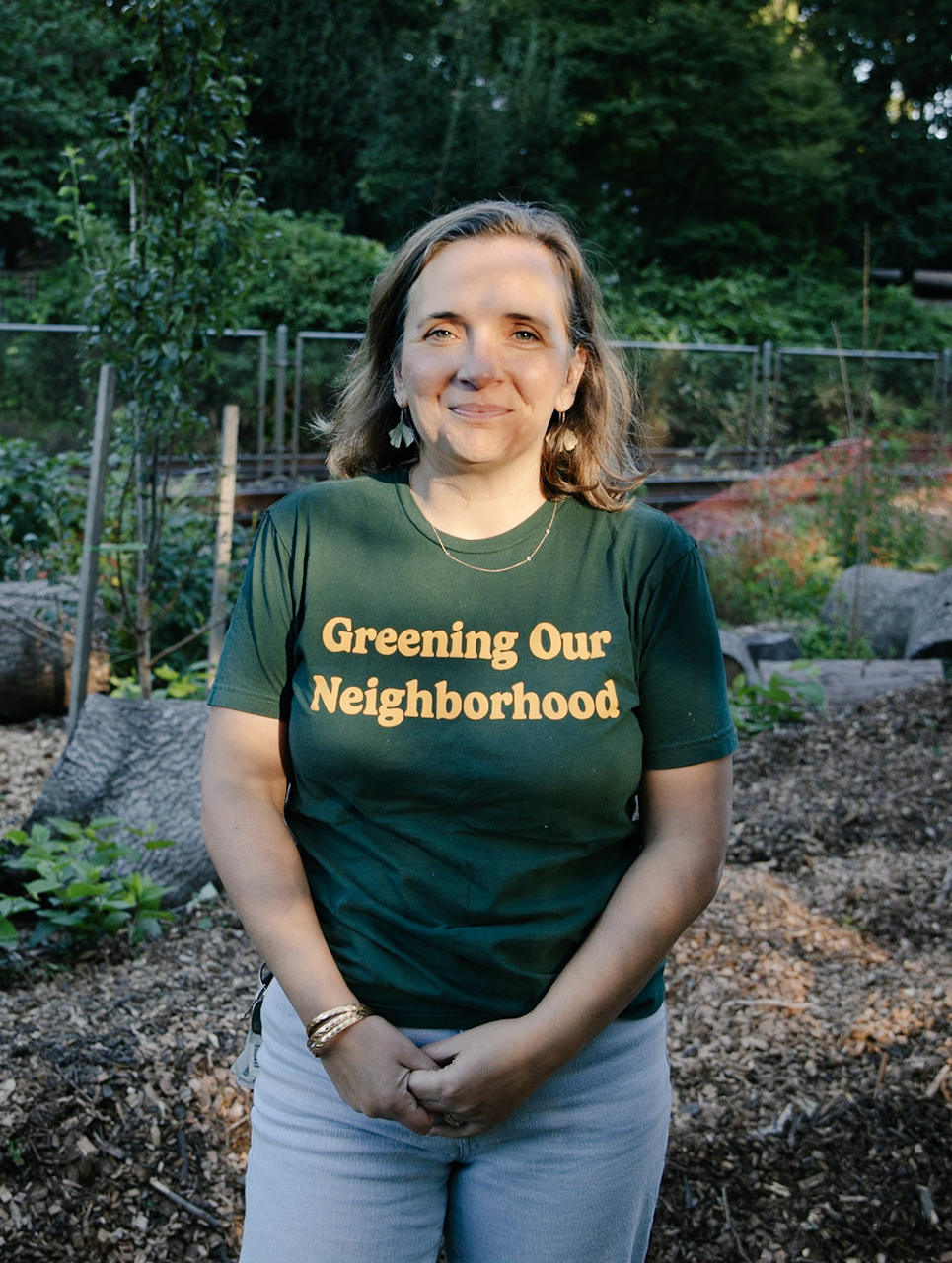
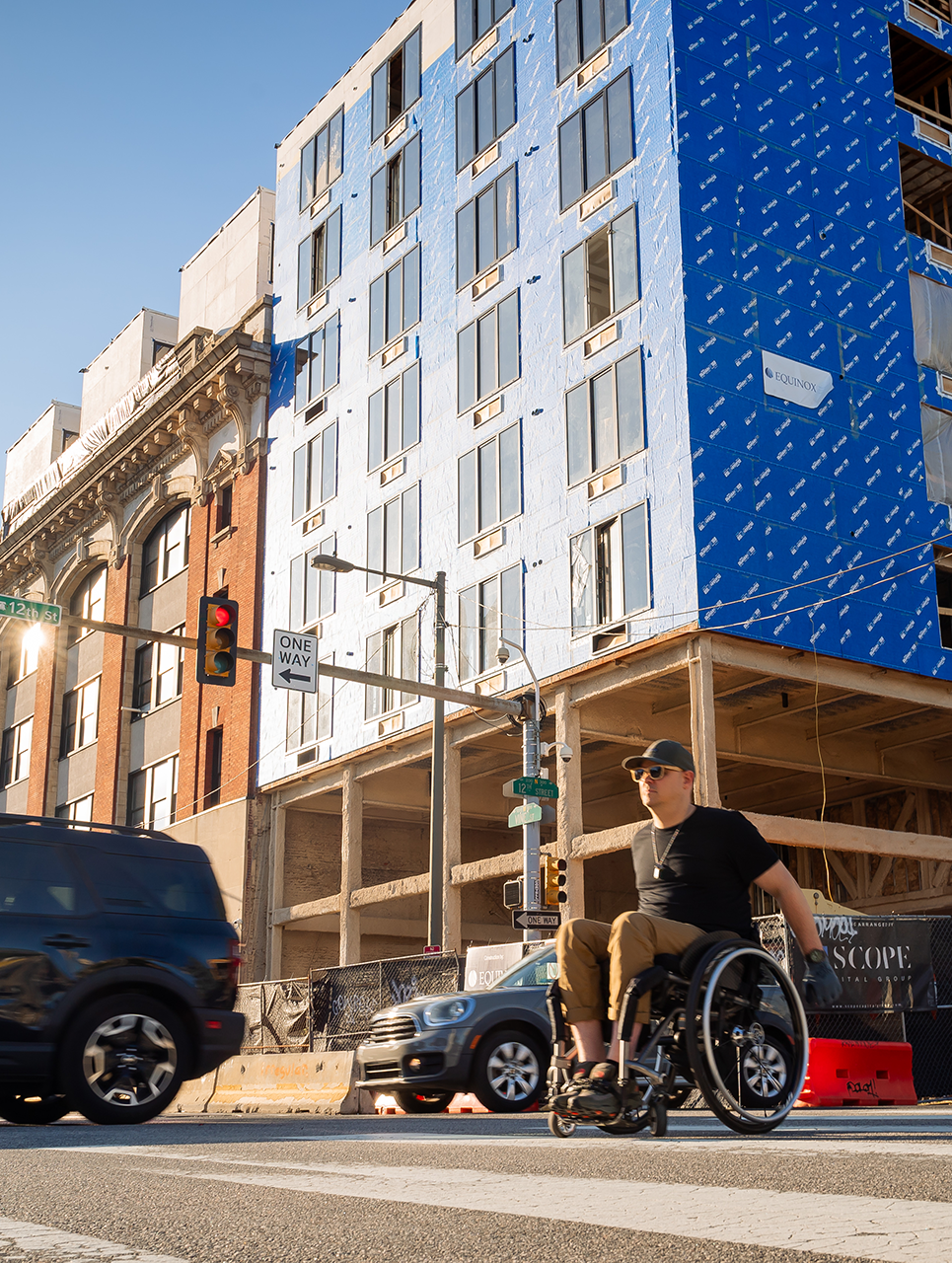

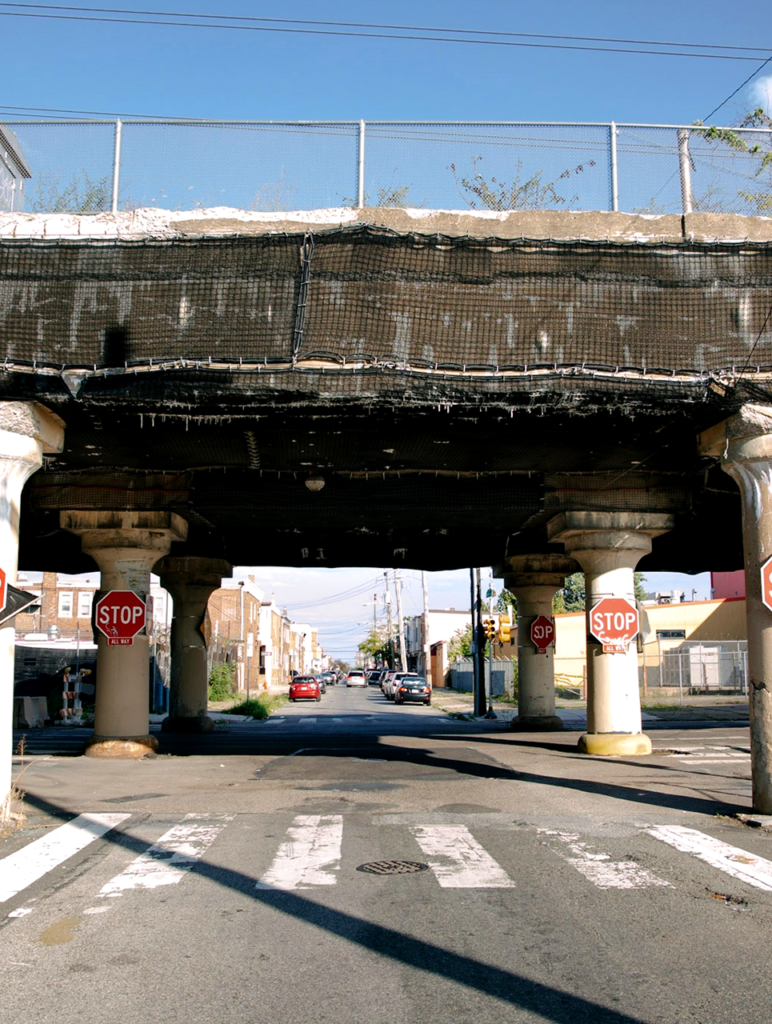
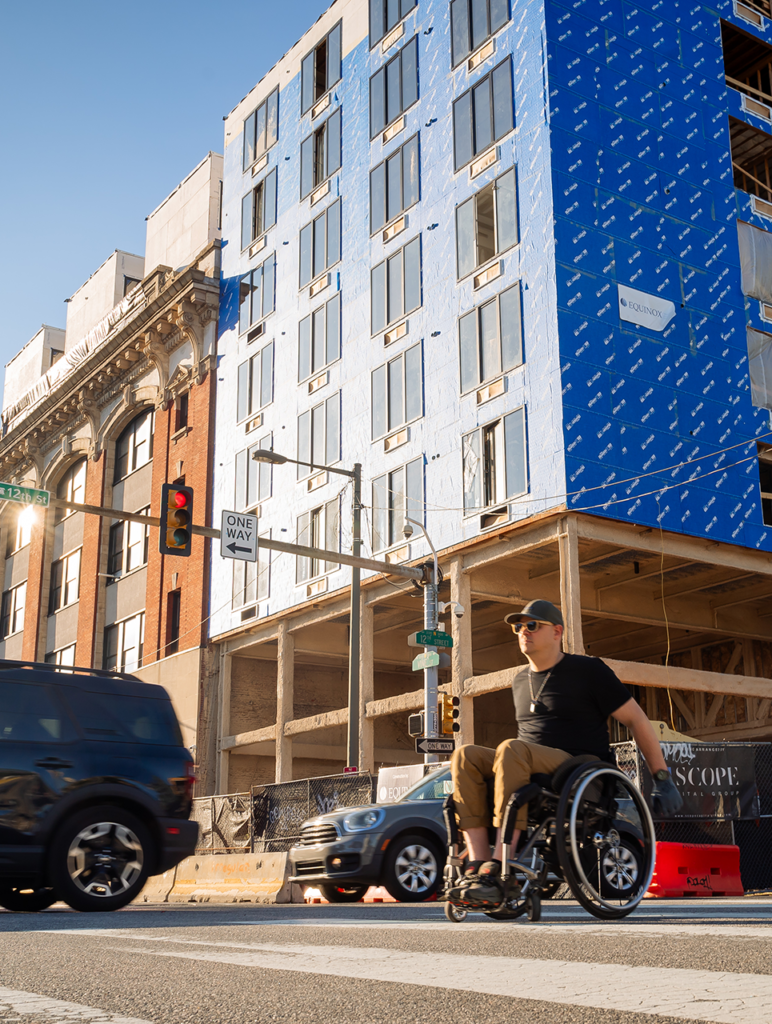
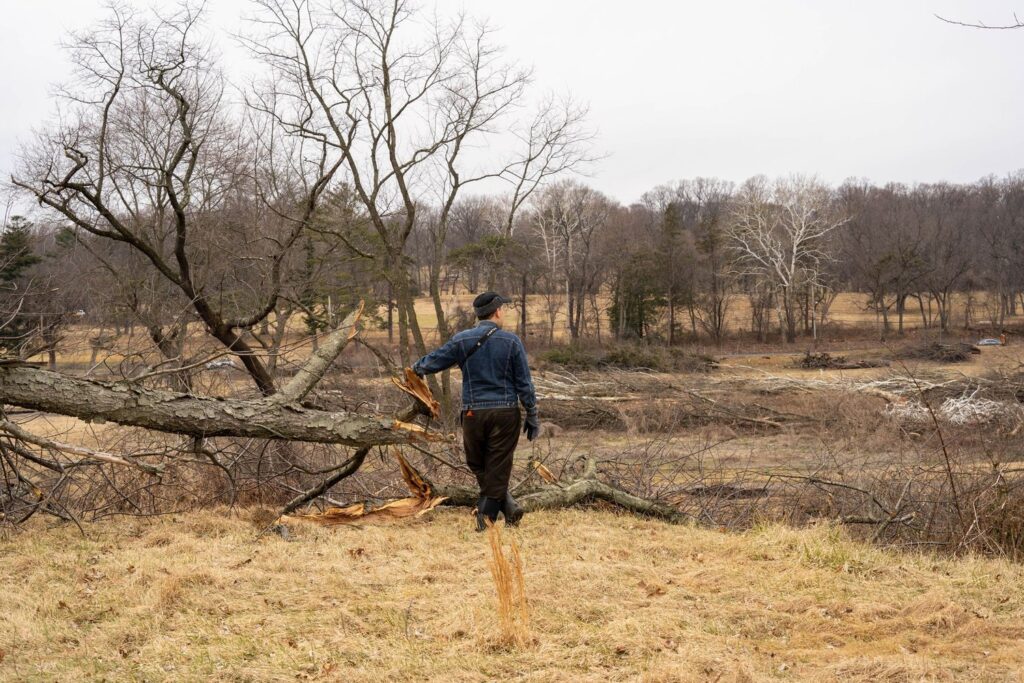
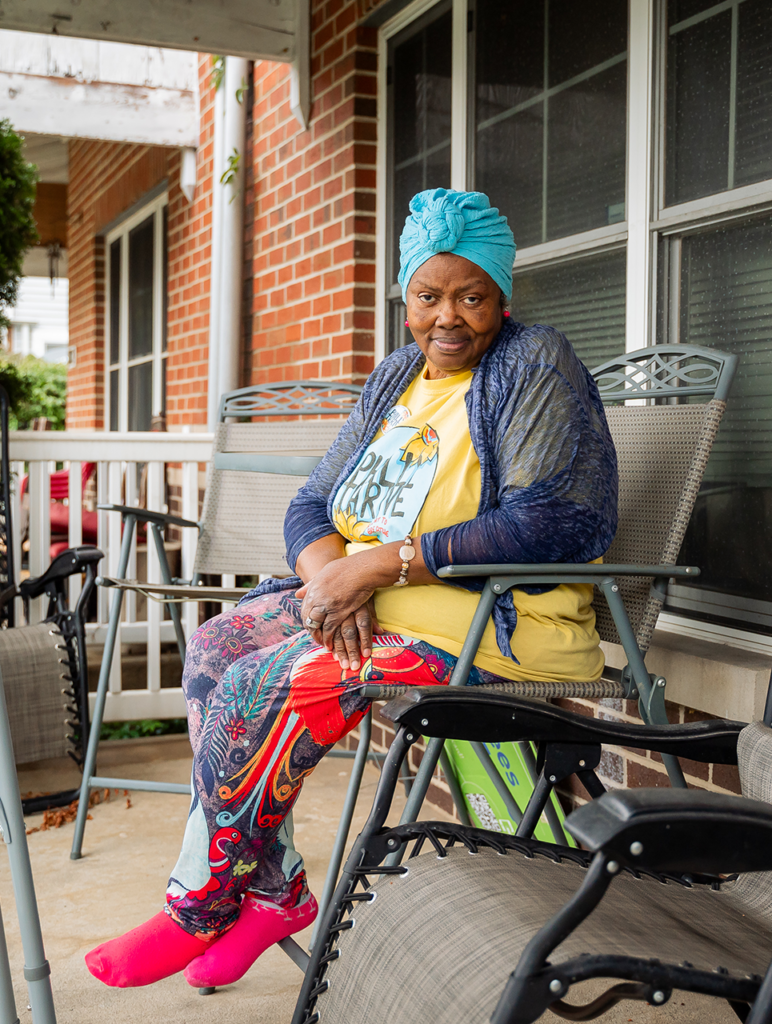
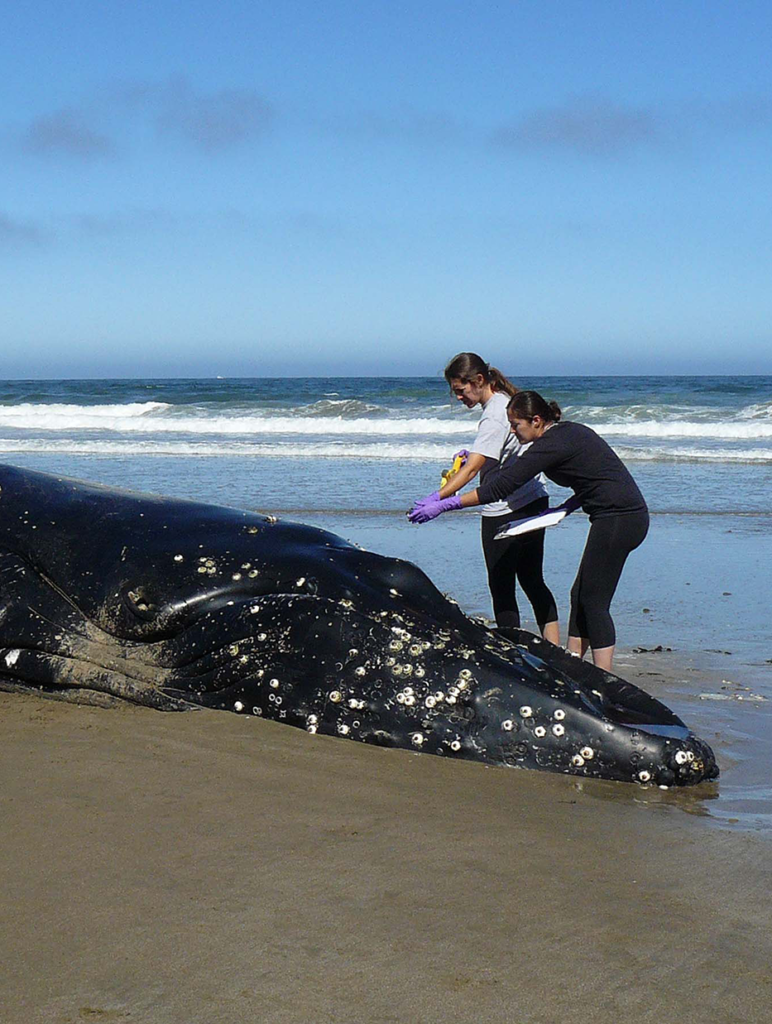
Fabulous for the students and the environment and the neighborhood.
A wonderful neighbor in a wonderful neighborhood ! Thank you to all who made this possible!